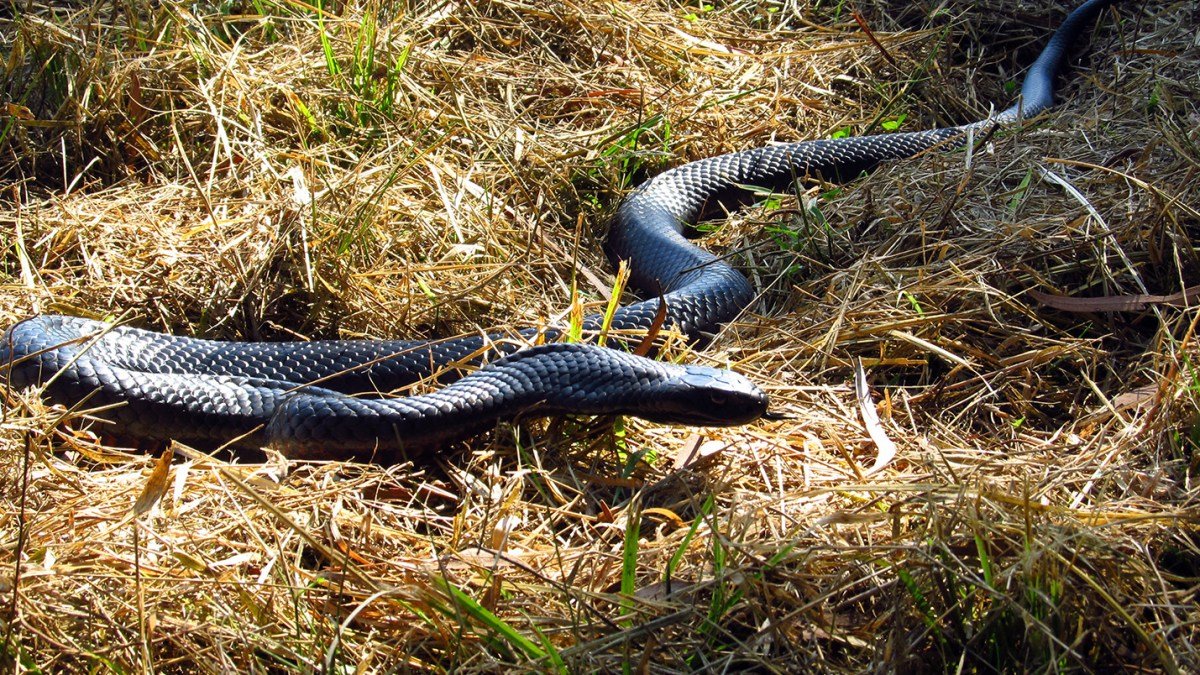Following heavy rains and flash flooding in various regions of Australia, toilet snakes have become a growing concern for residents. The inundation of floodwaters has forced snakes and other animals into built-up areas, causing them to seek refuge in unexpected places, including toilets and bathrooms. This phenomenon has sparked widespread attention on social media and raised concerns about safety and hygiene.
In January 2023, a man in Hervey Bay, Queensland, discovered a snake when he lifted the toilet lid. It was a common tree snake, Dendrelaphis punctulata, which is harmless. Drew Godfrey, the husband and a co-worker of the snake-catcher who retrieved this snake, remarked that tree snakes are “very inquisitive and friendly towards people.” The incident made it to Youtube.
In June 2023, a man in Oxenford in Queensland found a python on his shower head. He summoned a snake-catcher from Hudson Snake Catching. The service provider, Anthony Jackson, posted about it on Facebook, commenting that one friend told him: “it scared the shit out of me.” Jackson “put [the snake] in the wild along with the other animals.”
In December 2023, homeowners in Queensland realised that their “mild plumbing” issue was caused by a snake. The company Snake-Catchers Brisbane and Gold Coast were notified. It was a highly-venomous eastern brown snake. These are responsible for most snake bite deaths in Australia. To Facebook, the company posted that while it was shocking that a snake had been in the toilet so long, “it highlights that these snakes, when not intentionally disturbed, are not inherently aggressive like many people assume.”
Licensed snake-catcher Tennile Bankes received a summons to Goondiwindi, near the New South Wales Border, in January 2024. She retrieved a black snake from inside a public toilet. The episode was immortalised by Youtube. The cause was the opposite of flooding. Bankes told Yahoo News that “wild weather” over Christmas and New Year was probably the reason for this phenomenon. When it’s hot, snakes look for water sources in their surroundings: “They’re going wherever they can for the water.” According to her, this is evidence that “climate change is a real thing.” When it comes to responding to such an event, Bankes opined, “I know it is scary, and people tend to run for a shovel, but that’s how you get bitten,” particularly in an enclosed area like a toilet. Snakes, she
explained, will feel threatened and try to defend themselves by biting people. The best thing to do, Bankes insisted, is call a snake-catcher. Snakes aren’t dangerous: they won’t “come after you and kill your firstborn and burn your house down – nothing like that.” They’re as scared of you as you are of them. Her best advice is to find out who your nearest snake-catcher is and save their number in your phone.
Public toilets attract snakes because they can easily find food there. Bankes stated that there are many mosquitoes, moths and other creatures hanging in the lights of public toilets, so frogs go there, and snakes dine on frogs. Putting the toilet lid down will prevent any creature from taking up residence within. Bankes pointed out that when snakes shed their skin, they like to soak their bodies, and toilet bowls are ideal for this – they can submerge their entire body. If you find toilet paper shredded or chewed, this might be the work of snakes, and you have a problem. To avoid toilet snake encounters, it’s wise to make your home less attractive to the beasts in the first place. Keep windows and sliding doors in the toilet closed. In fact, maintain all the seals on openings to your house. Even that might not be enough: 25-year-old Sofie Pearson came upon four snakes, the longest being 3.2 feet in size, in the toilet cistern of her remote cane farm in Cordelia in north Queensland in 2020; she surmised that they had entered her property through cracks in the floorboards.





















